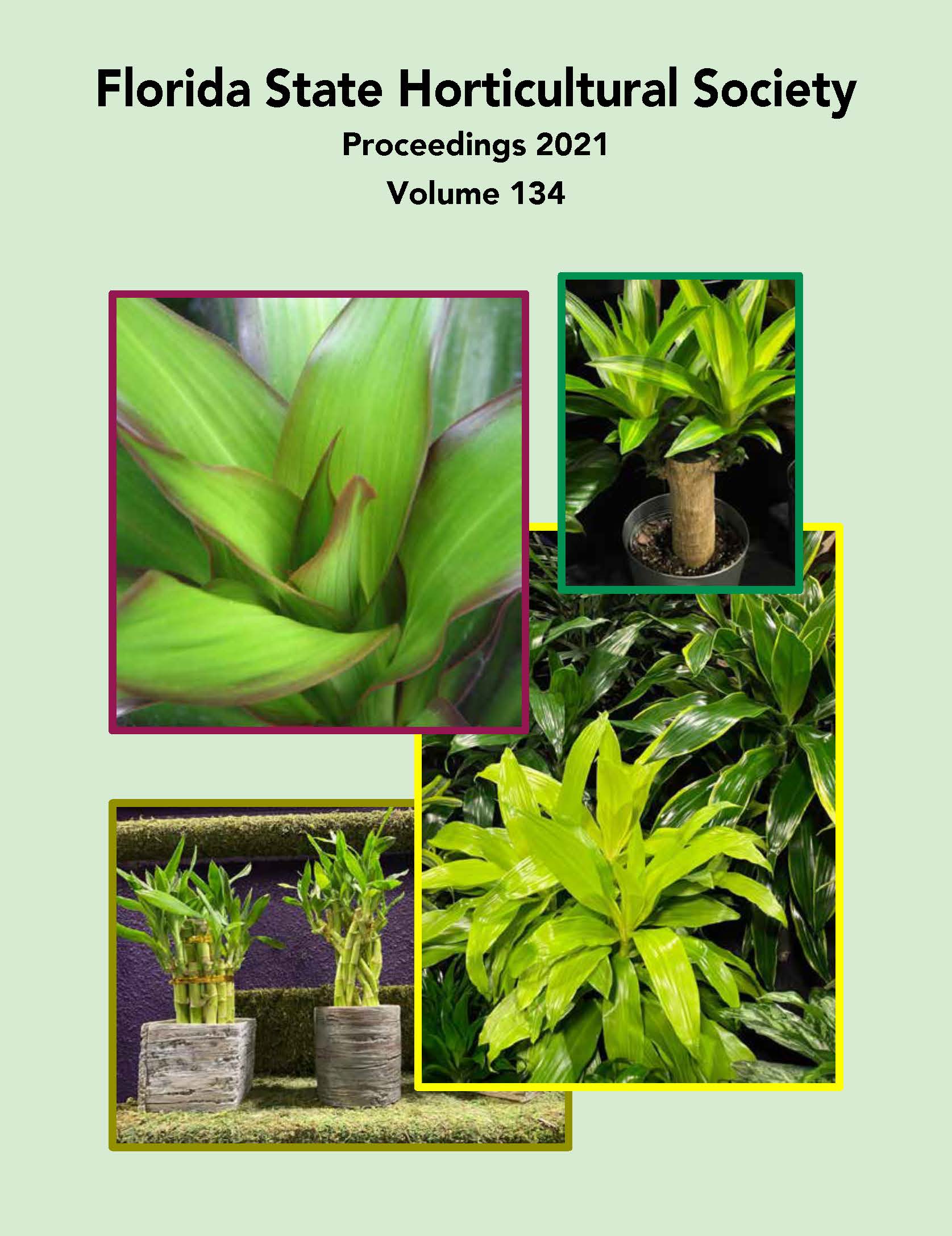Abstract
‘Rapoza’ is a large, high-quality mango cultivar (Mangifera indica L.) selected by Dick Hamilton of the University of Hawaii in the 1970s. A progeny of ‘Irwin’, it produces large, attractive, and excellent quality large red fruits weighing 600–800 g with desirable characteristics for a commercial mango. It is generally late bearing under South Florida conditions, where the fruit matures over a long period, (late July to October). It has good flavor, excellent disease resistance and good appearance. Trees are vigorous and productive with a rounded canopy. ‘Rapoza’ has gained attention in the past decade as a red mango alternative in the Americas with particular interest in Peru. ‘Rapoza’ was introduced to Peru in 2010 and trees have been evaluated in different regions of the Sechura desert, located south of Piura, Peru. It bears regularly and sets well. Preliminary data of the performance of ‘Rapoza’ under Sechura desert conditions is provided, including phenological stages of orchards and yield.

